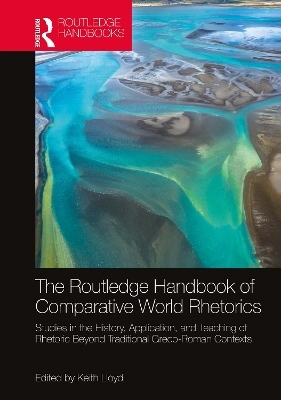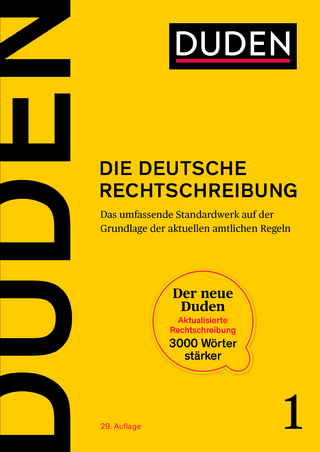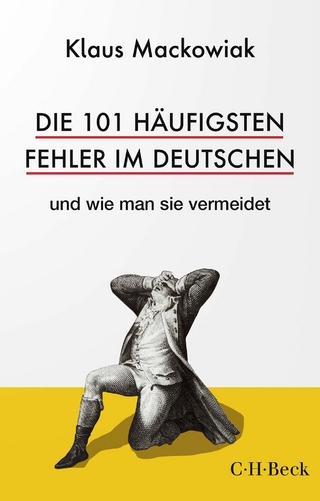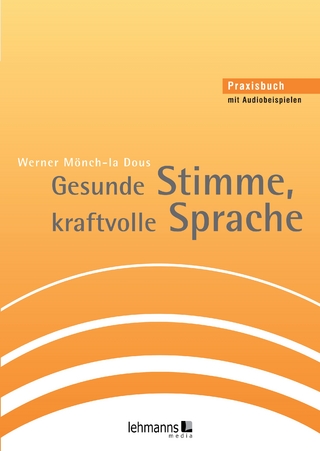
The Routledge Handbook of Comparative World Rhetorics
Routledge (Verlag)
978-0-367-40902-9 (ISBN)
The Routledge Handbook of Comparative World Rhetorics offers a broad and comprehensive understanding of comparative or world rhetoric, from ancient times to the modern day. Bringing together an international team of established and emergent scholars, this Handbook looks beyond Greco-Roman traditions in the study of rhetoric to provide an international, cross-cultural study of communication practices around the globe.
With dedicated sections covering theory and practice, history, pedagogy, hybrids and the modern context, this extensive collection will provide the reader with a solid understanding of:
how comparative rhetoric evolved
how it re-defines and expands the field of rhetorical studies
what it contributes to our understanding of human communication
its implications for the advancement of related fields, such as composition, technology, language studies, and literacy.
In a world where understanding how people communicate, argue, and persuade is as important as understanding their languages, The Routledge Handbook of Comparative World Rhetorics is an essential resource for scholars and students of communication, composition, rhetoric, cultural studies, cultural rhetoric, cross-cultural studies, transnational studies, translingual studies, and languages.
Professor of English at Kent State University Stark, Dr. Keith Lloyd’s research interests include promoting collaborative, innovative, and non-dualistic modes of political and cross-cultural communication. His work is published in Rhetoric Review, Rhetorica, Advances in the History of Rhetoric, Rhetoric Society Quarterly, and the Handbook of Logical Thought in India.
1. Comparative World Rhetorics: The What and How Part I: What is Comparative Rhetoric? 2.Redefining Comparative Rhetoric: Essence, Facts, and Events 3.The Intersection between Intercultural Communication and Comparative Rhetoric studies: A Review and Case Studies 4. What is Jewish Rhetoric? Issues of Diasporas, Nationalities, Cultures, and Pre-Human Emergence: A Case Study 5. Chapter Five: Rhetorical Histories of Comparison: An Archaeology of the Comparative Act 6. Rhetoric out of Context: The Challenge of Contemplative Rhetoric Part II: History/Recovery 7. Confucian Deliberation: A Rational Reconstruction of Themes in the Analects 8. From Oratory to Writing: An Overview of Chinese Classical Rhetoric (500 BCE-220 CE) 9.Was There an Art of (Asiatic) Rhetoric at Halicarnassus? A Plea for Rediscovering the Lost Centers of Classical Rhetoric 10. An Overview of Kut and Töre as the Pillars of the Turkish Rhetorical Tradition 11. On the Differences Between Ma’atian Communicative Solidarity and the Socratic Dialectic 12. Hadassah, that is Esther:’ Diasporic Rhetoric in the Book of Esther 13. Foundations in Vedic Rhetorical Culture: Approaching Mokṣa Analogically 14. Epistolary Rhetoric 15. Through the Magic Glass of Sufism: Studying Orientalism in Sufism 16. Rhetorical Comparison of Hindu God Krishna and Plato: Towards Exploring Hindu Rhetoric and Greek Rhetoric 17. Hair-splitting critics and pair-splitting circumstances: the persuasive role of stylistic ornaments in Aśvaghoṣa’s Saundarananda 18. Yuğ□ Ceremony□in the Steppe:□ Rhetorics□ of□ Grief in □Turkic Community Formations Part III: Contemporary Comparative Studies 19. Chapter Nineteen: I Have No Mother Tongue": (Re)Conceptualizing Rhetorical Voice in Indonesia 20. Is Modern Chinese Writing Close to Contemporary English Writing?—Rhetorical modes of Chinese expository paragraphs 21. Ubuntu: A Rhetorical Look at An African Concept of Community and Life 22. You Know You’re Filipino When": nostalgic tropes of Filipinoness in YouTube videos by second-generation Filipino Americans Part IV: Hybrids 23. Modern Holism: The Hybrid Rhetorics of Insight Meditation 24. Usable Presents: Hybridity in/for Postcolonial African Rhetorics 25. The Study of Rhetoric in Japan: A Survey of Rhetorical Research from the Late Nineteenth Century to the Present 26.Recontextualizing Comparative Rhetoric 27. A Comparative Cultural Rhetorics Approach to Indigenous Rhetorics in the Americas 28. New Materialist Orientations to Comparative Historiographical Methods: Places of Invention and Public Memory In Situ 29. Nüshu, the Unique Female Rhetoric in the Chinese Rhetorical Tradition 30. A Feminist Praxis of Comparative Rhetoric Part V: Applying and Promoting Comparative Pedagogies 31. Bringing Comparative Methodologies into the US-Centric Major: Questioning the Nature of "History" and "Text" for Cross-Cultural Learning in English Studies 32. Cultivating Transnational Thinking Through World Rhetorics 33.Enacting Comparative Pedagogies as Common Topics 34. Teaching World Rhetorics: Promoting Pedagogy and Addressing Politics Part VI: New Directions 35. Comparative Rhetorics of Technology and the Energies of Ancient Indian Robots 36. Using Bridging Rhetoric for Deliberative Dissent: Some Insights from India 37. Doing Rhetoric Elsewhere: Chicanx Indigeneities, Colonial Peripheries, and the Underside of Written Communication 38. Comparative balāghah: Arabic and ancient Egyptian literary rhetoric through a post-Eurocentric Lens 39. Singing "Nan Yar?": The Ecstatic Transmissions of Avudai Akkal and The Awakening of Ramana Maharshi 40. Preliminary Steps Towards a General Rhetoric: Existence, Thrivation, Transformation
| Erscheinungsdatum | 03.07.2020 |
|---|---|
| Reihe/Serie | Routledge Handbooks in Communication Studies |
| Zusatzinfo | 13 Tables, black and white; 4 Line drawings, black and white; 9 Illustrations, black and white |
| Verlagsort | London |
| Sprache | englisch |
| Maße | 174 x 246 mm |
| Gewicht | 907 g |
| Themenwelt | Geisteswissenschaften ► Geschichte |
| Geisteswissenschaften ► Sprach- / Literaturwissenschaft ► Sprachwissenschaft | |
| Sozialwissenschaften ► Kommunikation / Medien ► Kommunikationswissenschaft | |
| Sozialwissenschaften ► Kommunikation / Medien ► Medienwissenschaft | |
| ISBN-10 | 0-367-40902-X / 036740902X |
| ISBN-13 | 978-0-367-40902-9 / 9780367409029 |
| Zustand | Neuware |
| Informationen gemäß Produktsicherheitsverordnung (GPSR) | |
| Haben Sie eine Frage zum Produkt? |
aus dem Bereich


